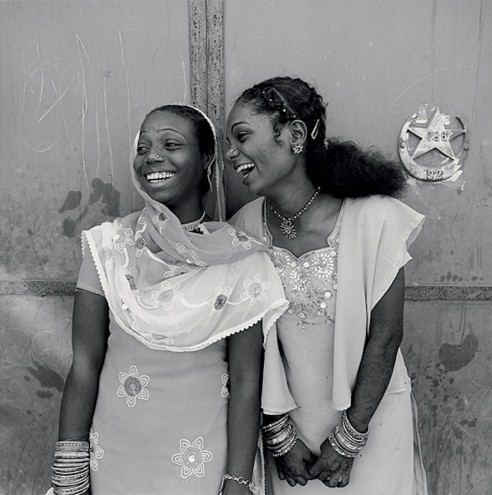Ketaki Sheth, one of India’s leading contemporary photographers, has a long-standing interest in questions of identity and representation. Her latest series of photographs captures the Sidi, a small, closed community in India that descended from Africa.
The Sidi’s ancestors were African slaves, soldiers, traders and Muslim pilgrims who wound up in India throughout the centuries. Historians believe the first wave arrived in the ninth century when Arab-led armies that used African slaves as soldiers took over the Sindh province, which is now in southern Pakistan.
A second influx arrived in the 17th century when the Portuguese brought slaves from their trading posts in Africa to Goa, their colony in India. The Sidi are now generally concentrated in the rural areas of Gujarat and Karnataka in the West and southwest of the country.
Sidi languages, cuisine and clothes are completely Indian but the community maintains some links to Africa through music and dance. Sheth notes that the Sidi play Goma music, a polyrhythmic, call-and-response singing and winding dance that is drawn from the Ngoma style of East Africa.
Sheth spent six years photographing the Sidi community. First welcomed by Hirbaiben Lobi, a Sidi woman and an entrepreneur who became a close friend, Ketaki gained unprecedented access to the isolated community and established a unique relationship with her subjects. The result of her six-year relationship with the Sidi is called A Certain Grace. The Sidi: Indians of African Descent.
Mahmoud Mamdani, a world-renowned Ugandan academic, author, and political commentator wrote the intro to Sheth’s book. He notes that: “Whenever I asked a Sidi person that I met whether they thought of themselves as African or Indian, I inevitably got a quizzical look. What, they seemed to think, was wrong with me: they were, of course, Indians.”













